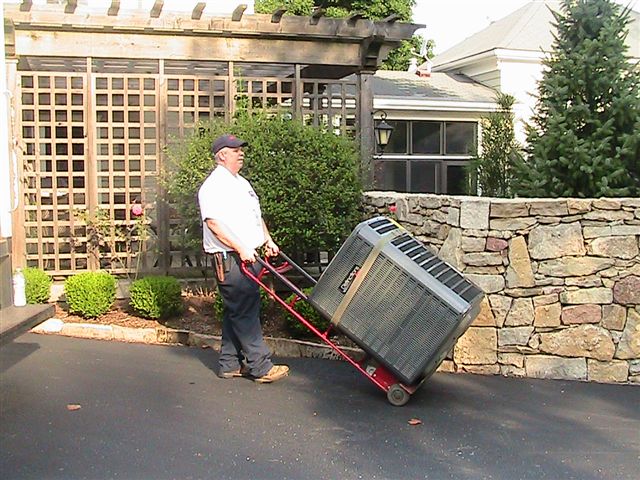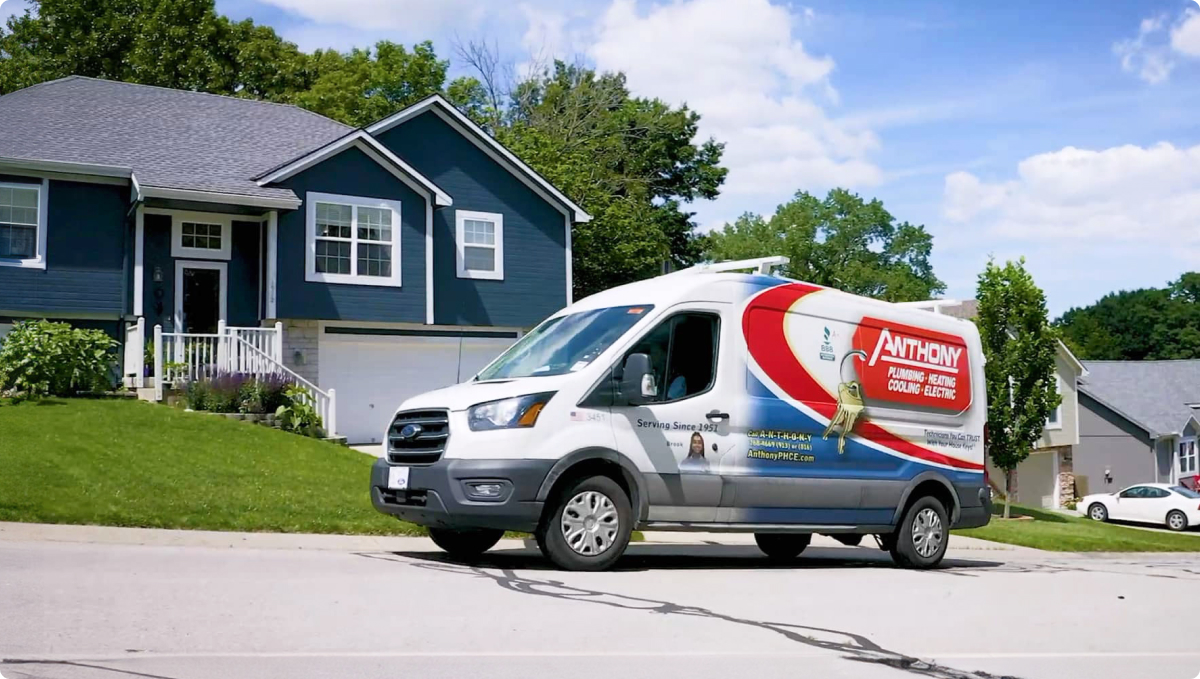Buying A New Air Conditioner?

Buying A New Air Conditioner?
If you are in the market for a new air conditioner, here are a few things you should consider. According to Consumer Reports, the first and most important thing is to find a trustworthy contractor. This is important for a few reasons.
1) The most important day in the life of a system is the day it’s installed. A properly DESIGNED and INSTALLED air conditioning system is the biggest factor in how efficient and how long it will work. There are several brands but most of their components are made by the same manufacturers. It’s not the brand, but the INSTALLATION that’s so important.
2) You want to make sure the installing company is licensed, so the company is legal in doing business in your municipality.
3) You want to make sure the company has a solid history in your market, so they will be around to service your system after the sale. Air conditioning systems should last a long time (if they are properly installed).
4) Check to make sure that the contractor has both workman’s compensation and liability insurance. No insurance can cause big problems if someone gets hurt or if there is damage to personal property. Remember, the system is only as good as the contractor that installs it.
5) Ask the contractor if they pull a permit for every job. If the don’t, they may be doing business where they are not licensed. Make sure the contractor pulls a permit. This is what initiates the city to inspect the finished job and clear it for your safety.
MORE HELP
When talking to Heating and Air conditioning contractors, you will hear the terms “ton”, “BTU”, & “SEER”. First off, “tons” are a way of telling the size of the air conditioner. A ton is 12,000 BTU’s. BTU stands for British Thermal Unit. It is the amount of energy it takes to raise the temperature of 1 pound of water, 1 degree Fahrenheit. So when you hear about a “2 ton” unit, it is about 24,000 BTU’s. SEER stands for Seasonal Energy Efficiency Ratio. This is used to determine the efficiency of the air conditioner during a typical cooling season. The higher the SEER number, the more energy efficient the unit is. The minimum efficiency today is 13 SEER. This was considered ultra high efficiency just over 10 years ago.
The contractor should first talk with you and find out if there are any problem areas of your home. They need to know if you have any hot or cold spots in the home. They also need to know if you have any issues with the humidity. This information will help them to properly design the right system for your home.
Sizing the air conditioner for your home is a very important part of the process. The way many contractors size systems is to calculate the square footage of the home. Consumer Reports and The US Department of Energy both extensively talk about sizing the unit properly. Consumer Reports actually says to “be leery of contractors who base size on square footage.” The US Department of Energy states that over half of the contractors don’t size systems properly. The contractor should use a heat gain/ heat loss calculation. This is commonly called a “load calculation.” The load calculation will determine the number of BTU’s needed to properly cool your home. This is done by taking measurements of rooms, doors, & windows. It also takes into account, the height of the ceiling, the amount of insulation, whether you have a basement, crawl space, slab floor, and miscellaneous other factors.
Selecting the correct size is very important to get the most out of your air conditioner. A unit that is too small will struggle to get the home to the desired temperature on very hot days. It will run all of the time and yet the temperature in the home will rise above the thermostat set point. The common misconception is that bigger is better. This is also wrong. A unit that is too big will not run very long. This is called “short cycling.” This results in the home being cool but clammy because the air conditioner has not operated long enough to dehumidify.
There are also a few options to look at on the air conditioners. Technology has helped to make air conditioners perform better both in the cooling ability and the energy consumption. Air conditioners come with one of the following compressors; standard, high efficiency, or 2 stage. The standard compressor is the one that has been around for a long time. It has one speed so it is either off or on. The next one is the high efficiency unit. It still has one speed like the standard, but it converts the incoming power from alternating current to direct current. Direct current operates at about 1/10th the power of alternating current. Therefore, the standard and high efficiency units operate about the same. The high efficiency unit just uses less electricity. Next we have the 2 stage unit. It has a low and high speed. The unit first comes on in low speed which is about 60% of the unit’s capacity. This is great for days when it is not extremely hot, but you still need the air on and dehumidification. In this case, the full capacity of the unit is not needed to properly cool the home. This also gives us a longer cooling cycle as we discussed above. When the outside temperature gets to the point where the unit cannot effectively cool on the first stage, it goes to the second stage. Stage 2 is operating at 100% of the unit’s capacity.
Proper air conditioning is far more than the equipment. The existing duct work, electrical circuits, drain piping, refrigerant piping, and the air conditioner base are all critical parts that have to be just right to ensure a safe, properly working system.
Finally, you need to also be aware of the warranties for the systems. Make sure that you know what the warranties are for both parts and labor. A lot of times, people are told that they have a 10 year warranty only to find out that the warranty was 10 years for parts and 1 year for labor. This is usually discovered when there is a warranty situation. Make sure you receive all warranty and guarantee information in writing before hiring a contractor.




